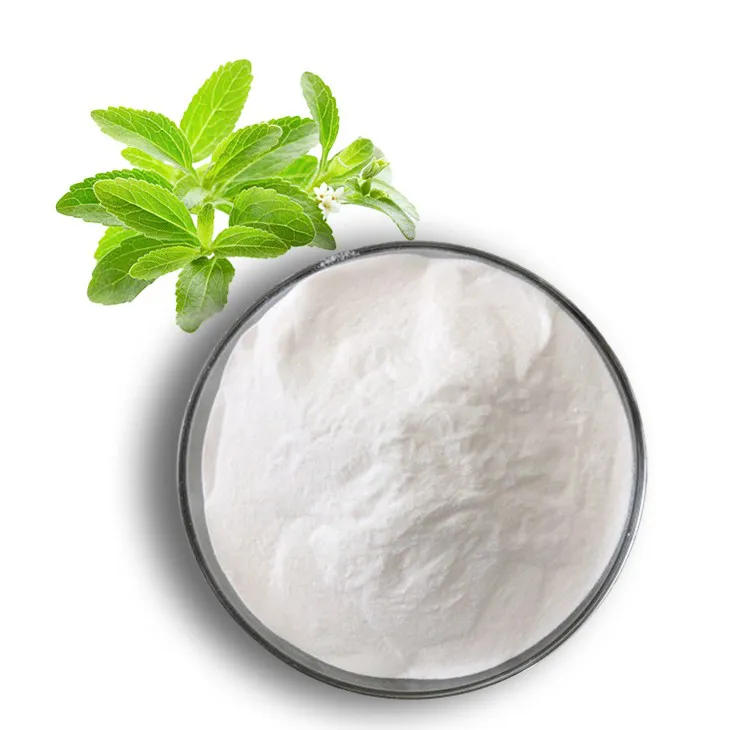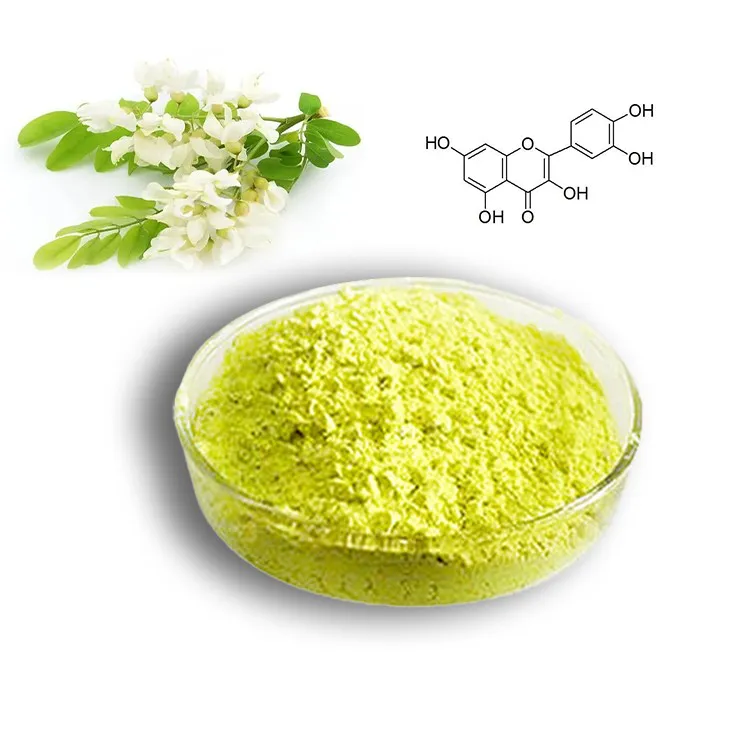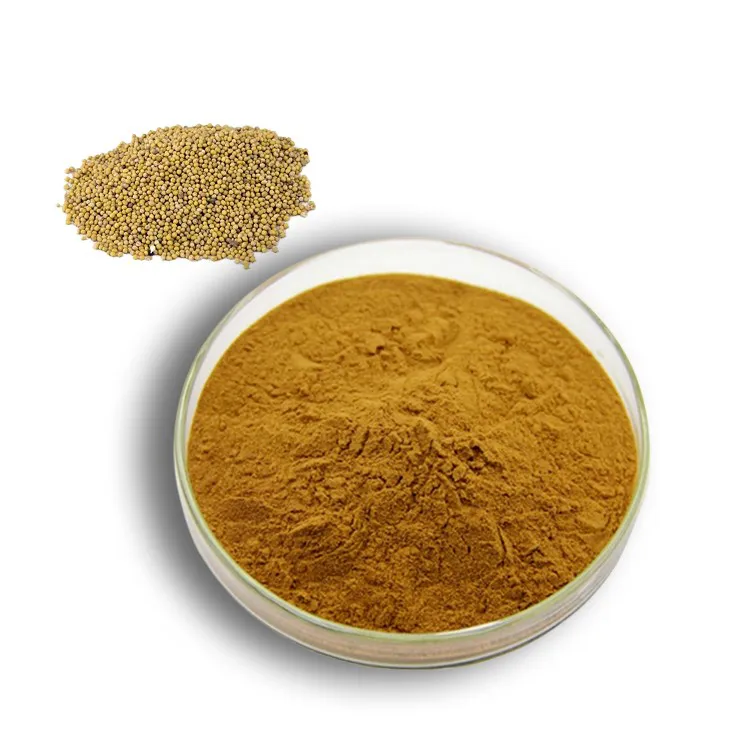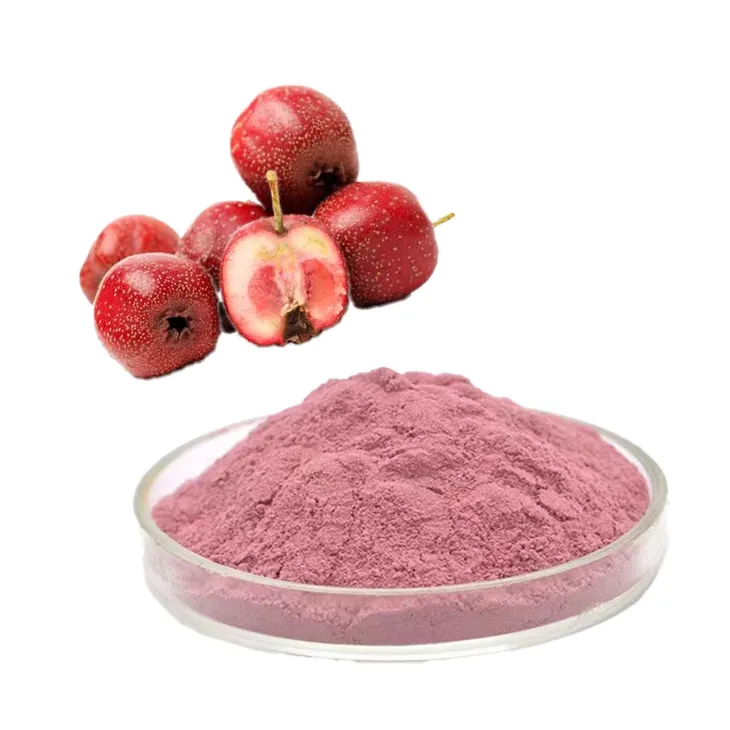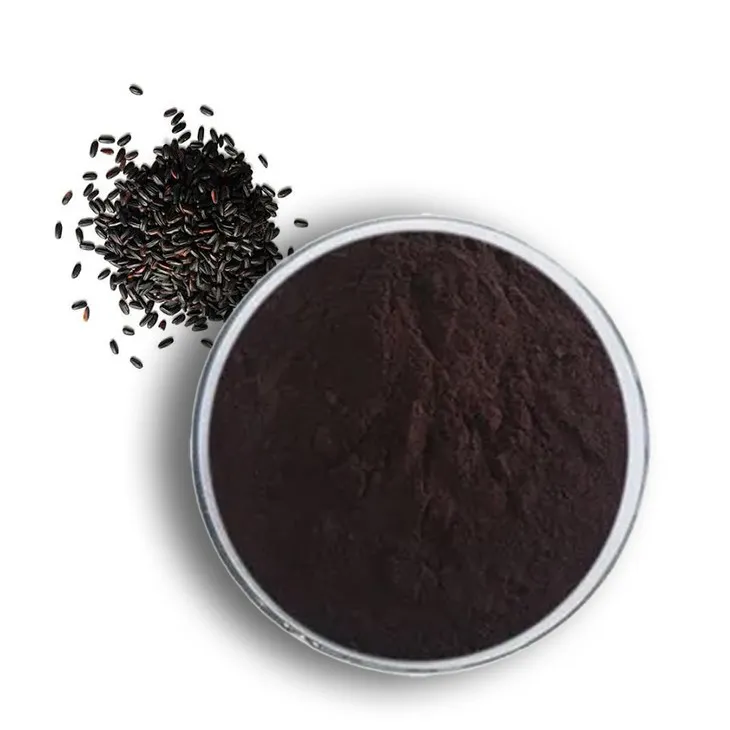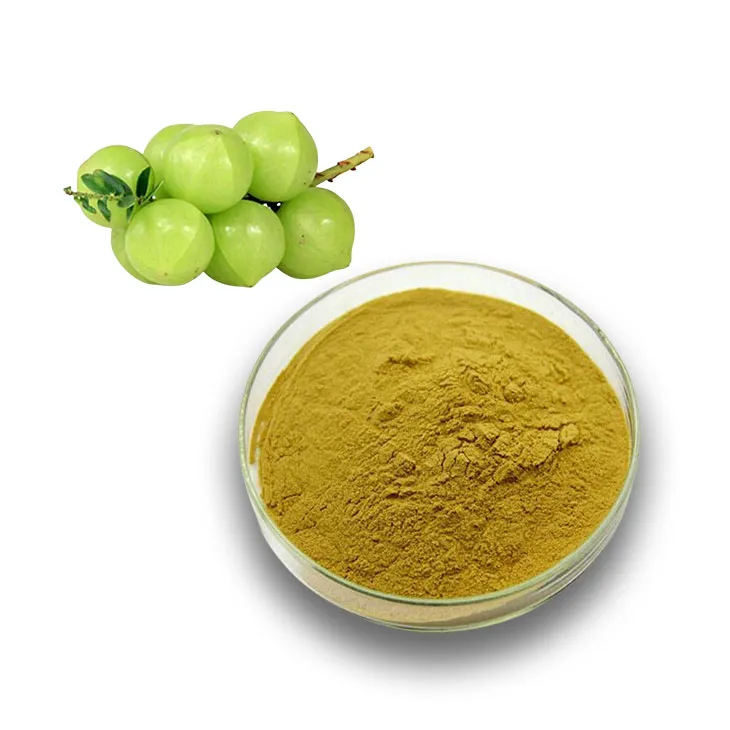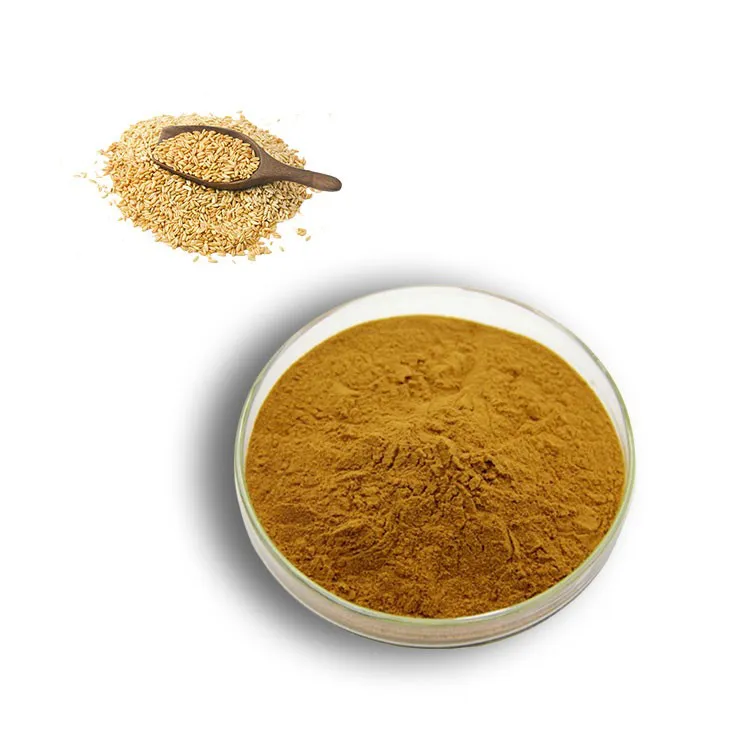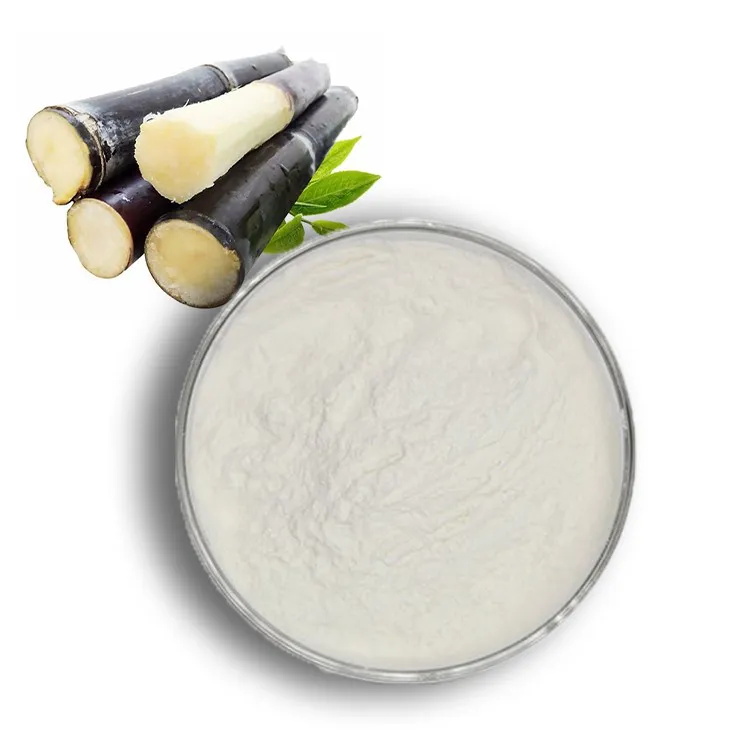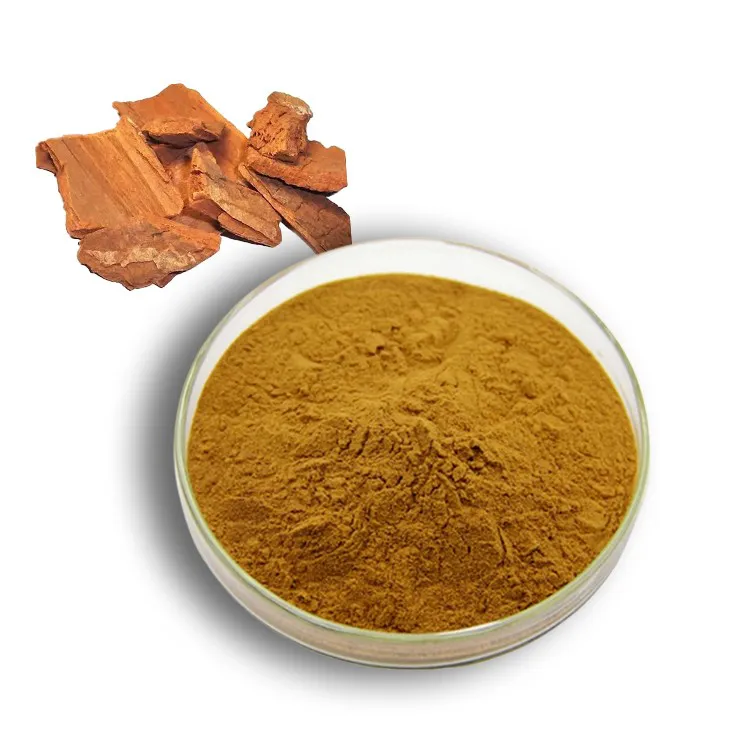- 0086-571-85302990
- sales@greenskybio.com
Nature's Elixir in a Bottle: Commercial Products with Cactus Extract
2024-07-03
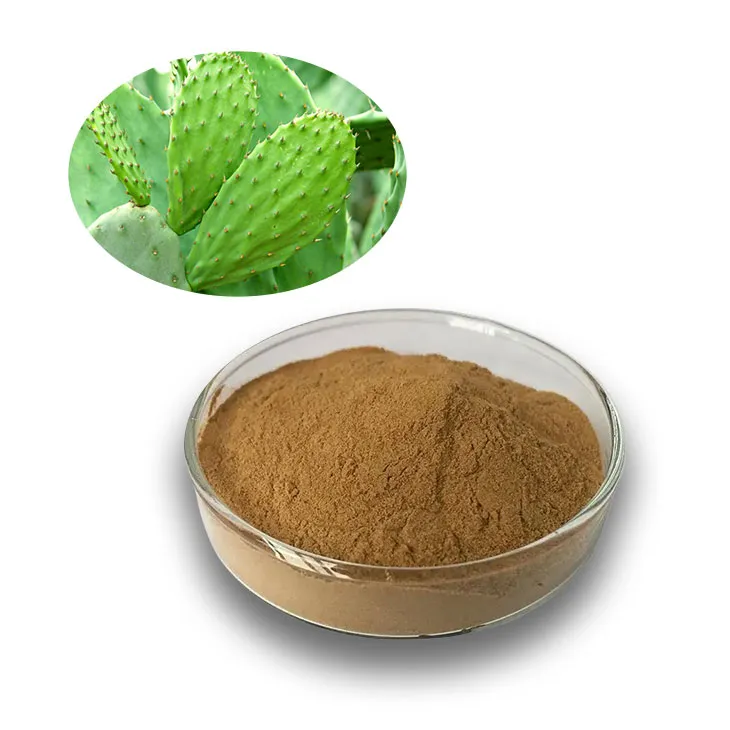
Introduction
Cactus Extract has recently gained significant popularity in the commercial market. It has become a sought - after ingredient in a wide range of products. This is due to the numerous potential health benefits it offers. Cactus, which is often associated with arid regions, contains a rich blend of nutrients and bioactive compounds that are now being harnessed for various consumer applications.
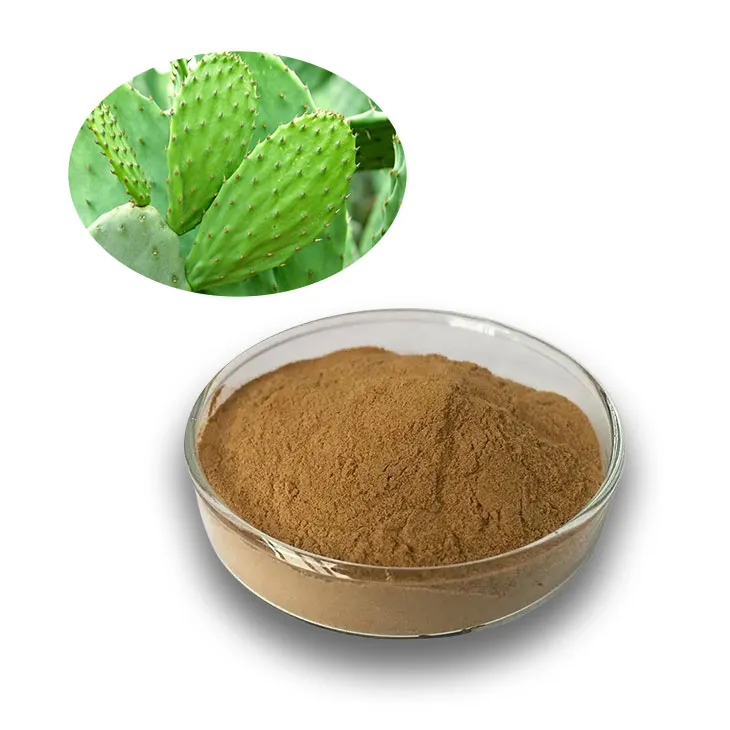
The Health Benefits of Cactus Extract
Antioxidant Properties
Cactus Extract is rich in antioxidants. Antioxidants play a crucial role in protecting the body from damage caused by free radicals. Free radicals are unstable molecules that can cause oxidative stress, which is linked to various diseases such as cancer, heart disease, and neurodegenerative disorders. The antioxidants in cactus extract, such as flavonoids and phenolic compounds, help to neutralize these free radicals. For example, a study has shown that certain flavonoids in cactus extract can scavenge free radicals more effectively than some synthetic antioxidants. This makes cactus extract a valuable ingredient in products aimed at promoting overall health and preventing chronic diseases.
Potential Skin - Enhancing Effects
Cactus extract also shows great potential in skincare. It has moisturizing properties that can help to keep the skin hydrated. The extract contains polysaccharides which can form a protective layer on the skin, preventing water loss. Moreover, its anti - inflammatory properties can be beneficial for treating skin conditions such as acne and eczema. Inflammation is a key factor in many skin problems, and cactus extract can help to reduce redness and swelling. Some skincare products with cactus extract claim to improve skin texture, reduce the appearance of fine lines and wrinkles, and promote a more youthful complexion.
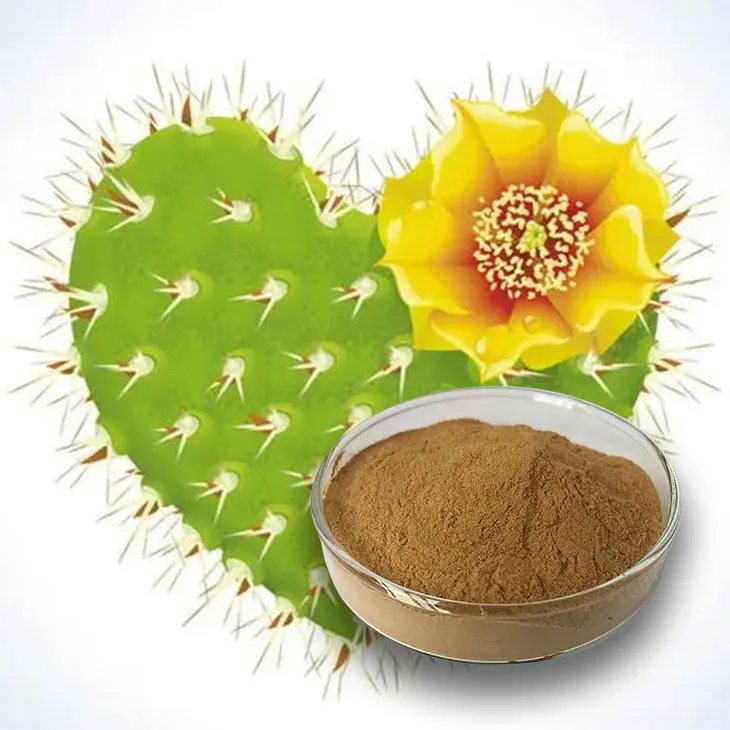
Commercial Products Containing Cactus Extract
Skincare Products
- Moisturizers: Many moisturizers now contain cactus extract. These products are designed to provide long - lasting hydration to the skin. For example, some high - end moisturizers use cactus extract sourced from specific cactus species known for their high water - holding capacity. The extract is blended with other skin - friendly ingredients such as hyaluronic acid and ceramides to create a powerful moisturizing formula.
- Serums: Cactus - extract - based serums are becoming popular. These serums are often concentrated formulations that target specific skin concerns. They can be used to brighten the skin, improve skin tone, or enhance the skin's elasticity. Some serums with cactus extract also contain vitamins and peptides for added skin - enhancing benefits.
- Masks: Sheet masks and clay masks with cactus extract are also available in the market. Sheet masks soaked in cactus - extract - infused essence can provide an instant boost of hydration and nutrients to the skin. Clay masks with cactus extract can help to draw out impurities from the pores while also providing the skin - enhancing benefits of the cactus extract.
Dietary Supplements
- Capsules: Cactus extract is available in capsule form as a dietary supplement. These capsules are often marketed as a natural way to boost the immune system, thanks to the antioxidant properties of the cactus extract. They may also be promoted for their potential to aid in digestion, as some cacti contain compounds that can help to regulate gut function.
- Powders: Dietary supplement powders containing cactus extract are another option. These powders can be mixed with water or added to smoothies. They are convenient for those who want to incorporate the benefits of cactus extract into their daily diet. Some powder formulations may also include other beneficial ingredients such as probiotics or fiber to enhance their overall health - promoting effects.
Beverages
- Juices: Cactus - based juices are becoming more common. These juices can be made from the fruit of the cactus, such as prickly pear cactus. Prickly pear cactus juice is not only refreshing but also contains the health - promoting compounds of the cactus. It can be a good source of vitamins, minerals, and antioxidants. Some commercial cactus juices are blended with other fruits to create unique and delicious flavors.
- Teas: Cactus - extract - infused teas are also available. These teas can have a mild, earthy flavor and are often marketed for their potential health benefits. They can be consumed hot or cold and may be a good alternative to traditional teas for those looking to try something new with added health benefits.
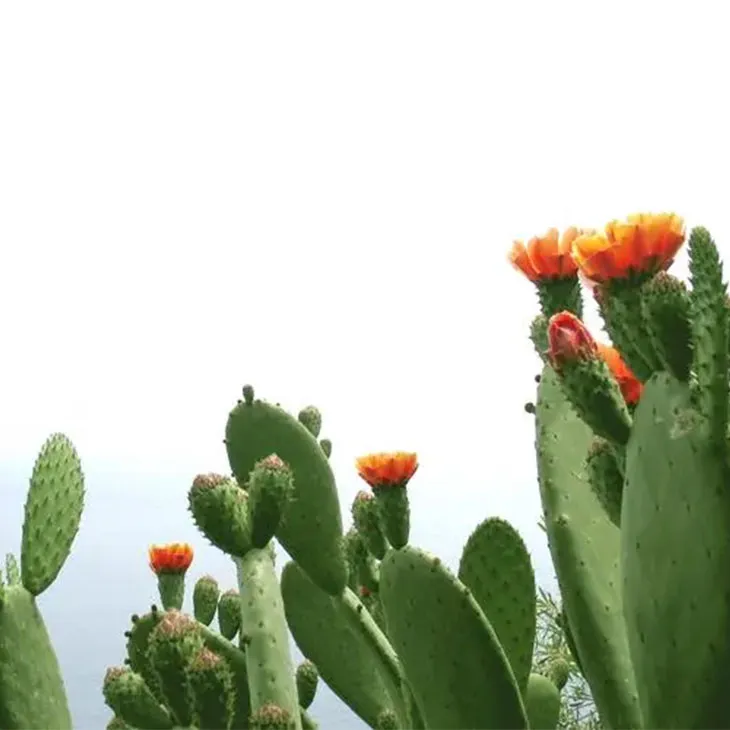
How Commercial Products are Capitalizing on Cactus Extract
Commercial products are using cactus extract in several ways to attract consumers. Firstly, they are highlighting the natural origin of the cactus extract. In a market where consumers are increasingly interested in natural and organic products, the fact that cactus extract comes from a plant gives it an edge. Marketers often use terms like "nature's elixir" to emphasize the pure and unadulterated nature of the ingredient.
Secondly, they are focusing on the specific health benefits associated with cactus extract. For example, skincare products may emphasize the antioxidant and skin - enhancing properties on the product packaging. Dietary supplements may highlight the immune - boosting and digestive - aid benefits. By clearly communicating these benefits, companies are able to target consumers who are specifically looking for these effects.
Finally, the versatility of cactus extract is being exploited. Since it can be used in different product forms such as skincare, dietary supplements, and beverages, companies are able to create a wide range of products. This not only allows them to reach different consumer segments but also creates brand loyalty as consumers can find all their cactus - extract - related products from one brand.
Conclusion
Cactus extract has proven to be a valuable ingredient in commercial products. Its diverse health benefits, from antioxidant properties to skin - enhancing effects, make it an attractive option for both consumers and manufacturers. The various forms of products containing cactus extract, including skincare, dietary supplements, and beverages, are capitalizing on its allure. As research on cactus extract continues, it is likely that we will see even more innovative products in the future, further establishing cactus extract as a key ingredient in the world of commercial products.
FAQ:
What are the main health benefits of cactus extract in commercial products?
Cactus extract has several health benefits in commercial products. Its antioxidant properties help combat free radicals in the body, which can prevent cell damage and reduce the risk of various diseases. It may also have potential skin - enhancing effects, such as improving skin hydration and reducing inflammation. Additionally, it could contribute to better digestion and overall well - being when used in dietary supplements.
What forms do commercial products with cactus extract come in?
Commercial products with cactus extract come in various forms. There are skincare products like creams, lotions, and serums, which utilize the potential skin - enhancing properties of cactus extract. Dietary supplements, such as capsules or tablets, are available for those seeking the internal health benefits. Beverages, including juices and energy drinks, also contain cactus extract, often promoted for their refreshing and potentially health - giving qualities.
How is cactus extract sourced for commercial use?
Cactus extract for commercial use is typically sourced from various types of cacti. The cacti are carefully cultivated in suitable environments, usually in regions where they grow natively. Once the cacti reach maturity, parts of the plant, such as the pads or fruits, are harvested. These harvested parts then undergo a process of extraction, which may involve mechanical pressing or chemical extraction methods to obtain the valuable cactus extract.
Are there any potential side effects of using commercial products with cactus extract?
While cactus extract is generally considered safe in commercial products, there can be some potential side effects. In skincare products, some individuals may experience skin irritation or allergic reactions, although this is relatively rare. In the case of dietary supplements, if consumed in excessive amounts, it could potentially cause digestive discomfort, such as nausea or diarrhea. However, when used as directed, the likelihood of experiencing significant side effects is low.
Why has cactus extract become so popular in commercial products?
Cactus extract has become popular in commercial products for several reasons. Consumers are increasingly interested in natural ingredients, and cactus extract fits this trend as it is sourced from nature. Its diverse range of potential health benefits, from antioxidant to skin - enhancing properties, makes it appealing for various product categories. Additionally, the unique image of cacti and the idea of nature's elixir" associated with it add to its allure, making it a desirable ingredient for marketers to promote in their products.
Related literature
- "The Benefits of Cactus Extract in Skincare"
- "Cactus Extract: A New Ingredient in Dietary Supplements"
- "Utilizing Cactus Extract in Beverages: Health and Market Trends"
- ▶ Hesperidin
- ▶ Citrus Bioflavonoids
- ▶ Plant Extract
- ▶ lycopene
- ▶ Diosmin
- ▶ Grape seed extract
- ▶ Sea buckthorn Juice Powder
- ▶ Fruit Juice Powder
- ▶ Hops Extract
- ▶ Artichoke Extract
- ▶ Mushroom extract
- ▶ Astaxanthin
- ▶ Green Tea Extract
- ▶ Curcumin
- ▶ Horse Chestnut Extract
- ▶ Other Product
- ▶ Boswellia Serrata Extract
- ▶ Resveratrol
- ▶ Marigold Extract
- ▶ Grape Leaf Extract
- ▶ New Product
- ▶ Aminolevulinic acid
- ▶ Cranberry Extract
- ▶ Red Yeast Rice
- ▶ Red Wine Extract
-
Stevia Extract
2024-07-03
-
Quercetin
2024-07-03
-
White mustard seed extract
2024-07-03
-
Hawthorn powder
2024-07-03
-
Marigold Extract
2024-07-03
-
Black Rice Extract
2024-07-03
-
Phyllanthus Emblica Extract
2024-07-03
-
Oat Straw Extract Powder
2024-07-03
-
Sugarcane Extract
2024-07-03
-
Yohimbine Bark Extract
2024-07-03











